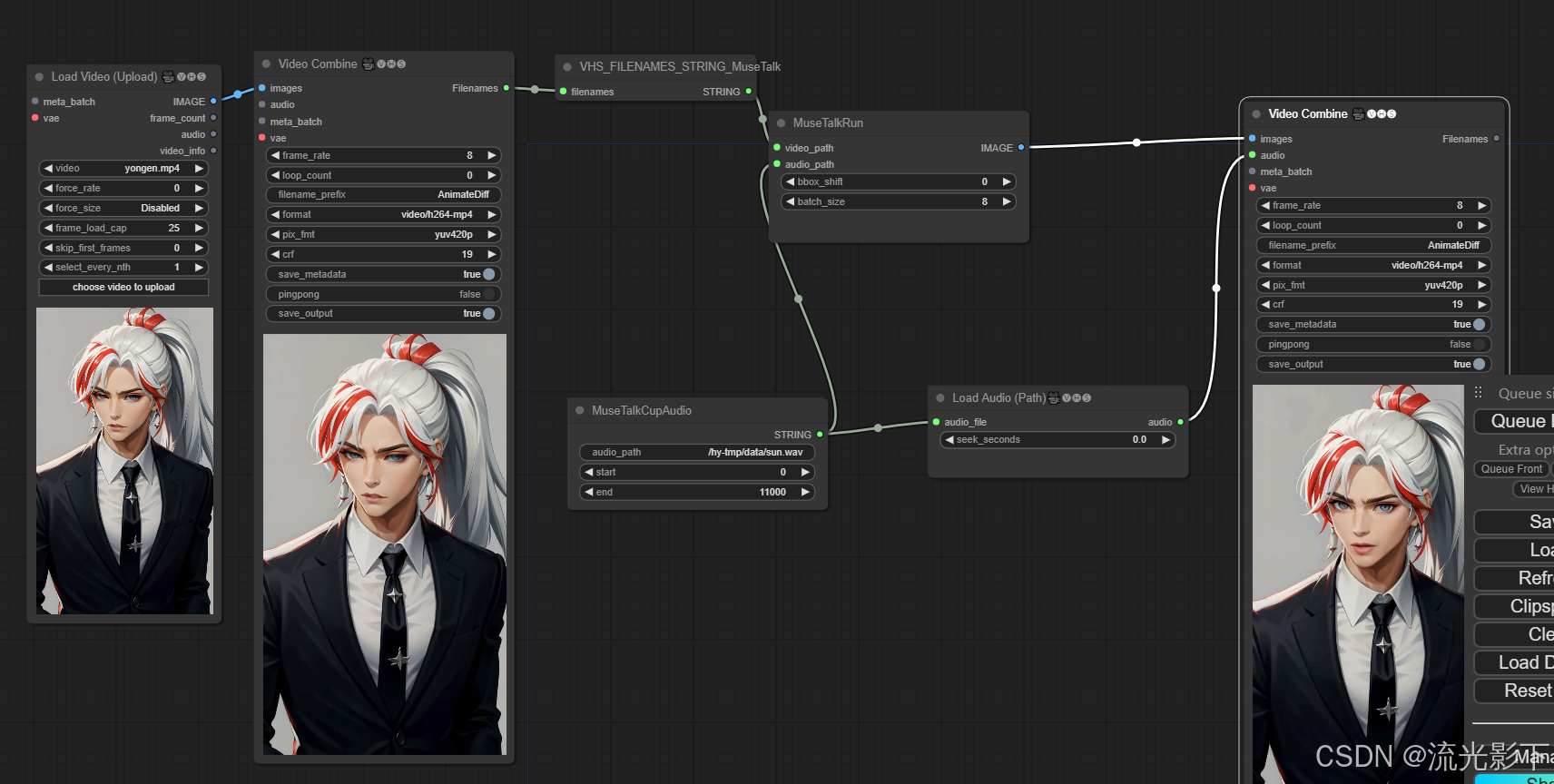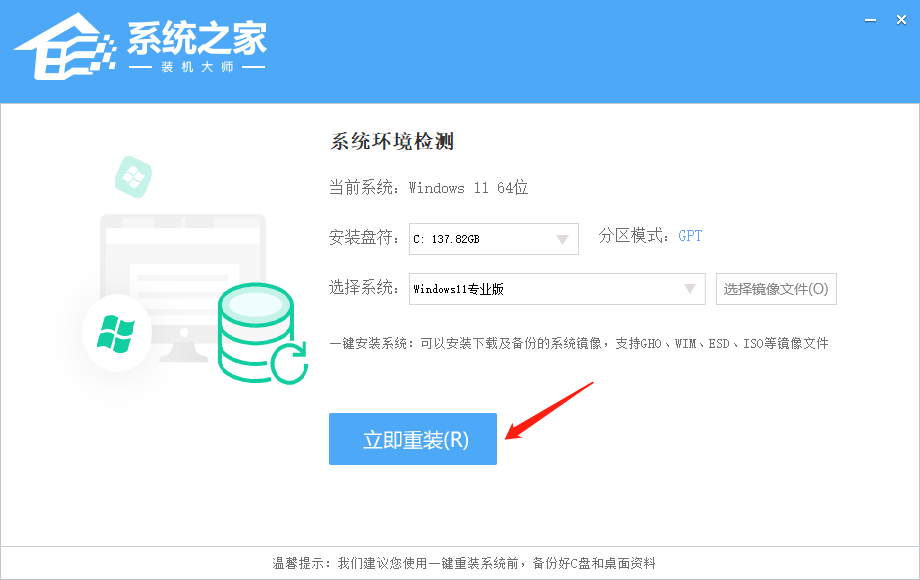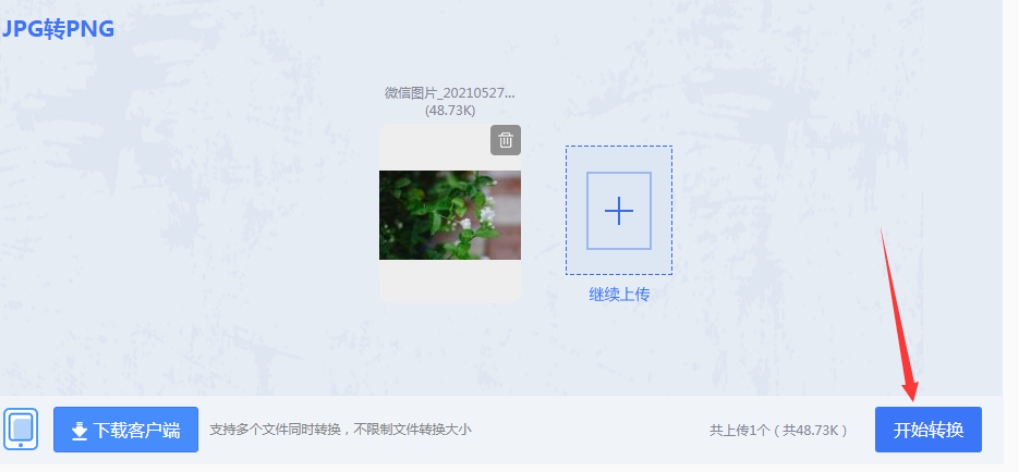Redis+Caffeine 实现两级缓存
背景
事情的开始是这样的,前段时间接了个需求,给公司的商城官网提供一个查询预计送达时间的接口。接口很简单,根据请求传的城市+仓库+发货时间查询快递的预计送达时间。因为商城下单就会调用这个接口,所以对接口的性能要求还是挺高的,据老员工的说法是特别是大促的时候,访问量还是比较大的。
因为数据量不是很大,每天会全量推今天和明天的预计送达时间到MySQL,总数据量大约7k+。每次推完数据后会把数据全量写入到redis中,做一个缓存预热,然后设置过期时间为1天。
鉴于之前Redis集群出现过压力过大查询缓慢的情况,进一步保证接口的高性能和高可用,防止redis出现压力大,查询慢,缓存雪崩,缓存穿透等问题,我们最终采用了Reids + Caffeine两级缓存的策略。
本地缓存优缺点
优点:
- 本地缓存,基于本地内存,查询速度是很快的。适用于:实时性要求不高,更新频率不高等场景。(我们的数据每天凌晨更新一次,总量7k左右)
- 查询本地缓存与查询远程缓存相比可以减少网络的I/O,降低网络上的一些消耗。(我们的redis之前出现过查询缓慢的情况)
缺点:
- Caffeine既然是本地缓存,在分布式环境的情况下就要考虑各个节点之间缓存的一致性问题,一个节点的本地缓存更新了,怎么可以同步到其他的节点。
- Caffeine不支持持久化的存储。
- Caffeine使用本地内存,需要合理设置大小,避免内存溢出。
流程图

代码实现
MySQL表
CREATE TABLE `t_estimated_arrival_date` (
`id` int(11) UNSIGNED NOT NULL AUTO_INCREMENT COMMENT '主键id',
`warehouse_id` varchar(32) CHARACTER SET utf8mb4 COLLATE utf8mb4_general_ci NULL DEFAULT NULL COMMENT '货仓id',
`warehouse` varchar(255) CHARACTER SET utf8mb4 COLLATE utf8mb4_general_ci NULL DEFAULT NULL COMMENT '发货仓',
`city` varchar(255) CHARACTER SET utf8mb4 COLLATE utf8mb4_general_ci NULL DEFAULT NULL COMMENT '签收城市',
`delivery_date` date NULL DEFAULT NULL COMMENT '发货时间',
`estimated_arrival_date` date NULL DEFAULT NULL COMMENT '预计到货日期',
PRIMARY KEY (`id`) USING BTREE,
UNIQUE INDEX `uk_warehouse_id_city_delivery_date`(`warehouse_id`, `city`, `delivery_date`) USING BTREE
) ENGINE = InnoDB COMMENT = '预计到货时间表(具体到day:T, T+1,近90天到货时间众数)' ROW_FORMAT = Dynamic;
INSERT INTO `t_estimated_arrival_date` VALUES (9, '6', '湖熟正常仓', '兰州市', '2024-07-08', '2024-07-10');
INSERT INTO `t_estimated_arrival_date` VALUES (10, '6', '湖熟正常仓', '兰州市', '2024-07-09', '2024-07-11');
INSERT INTO `t_estimated_arrival_date` VALUES (11, '6', '湖熟正常仓', '兴安盟', '2024-07-08', '2024-07-11');
INSERT INTO `t_estimated_arrival_date` VALUES (12, '6', '湖熟正常仓', '兴安盟', '2024-07-09', '2024-07-12');
INSERT INTO `t_estimated_arrival_date` VALUES (13, '6', '湖熟正常仓', '其他', '2024-07-08', '2024-07-19');
INSERT INTO `t_estimated_arrival_date` VALUES (14, '6', '湖熟正常仓', '其他', '2024-07-09', '2024-07-20');
INSERT INTO `t_estimated_arrival_date` VALUES (15, '6', '湖熟正常仓', '内江市', '2024-07-08', '2024-07-10');
INSERT INTO `t_estimated_arrival_date` VALUES (16, '6', '湖熟正常仓', '内江市', '2024-07-09', '2024-07-11');
INSERT INTO `t_estimated_arrival_date` VALUES (17, '6', '湖熟正常仓', '凉山彝族自治州', '2024-07-08', '2024-07-11');
INSERT INTO `t_estimated_arrival_date` VALUES (18, '6', '湖熟正常仓', '凉山彝族自治州', '2024-07-09', '2024-07-12');
INSERT INTO `t_estimated_arrival_date` VALUES (19, '6', '湖熟正常仓', '包头市', '2024-07-08', '2024-07-11');
INSERT INTO `t_estimated_arrival_date` VALUES (20, '6', '湖熟正常仓', '包头市', '2024-07-09', '2024-07-12');
INSERT INTO `t_estimated_arrival_date` VALUES (21, '6', '湖熟正常仓', '北京城区', '2024-07-08', '2024-07-10');
INSERT INTO `t_estimated_arrival_date` VALUES (22, '6', '湖熟正常仓', '北京城区', '2024-07-09', '2024-07-11');
pom.xm
<dependency>
<groupId>org.springframework.boot</groupId>
<artifactId>spring-boot-starter-aop</artifactId>
</dependency>
<dependency>
<groupId>org.springframework.boot</groupId>
<artifactId>spring-boot-starter-data-redis</artifactId>
</dependency>
<!--redis连接池-->
<dependency>
<groupId>org.apache.commons</groupId>
<artifactId>commons-pool2</artifactId>
</dependency>
<dependency>
<groupId>org.springframework.boot</groupId>
<artifactId>spring-boot-starter-cache</artifactId>
</dependency>
<dependency>
<groupId>com.github.ben-manes.caffeine</groupId>
<artifactId>caffeine</artifactId>
<version>2.9.2</version>
</dependency>
<dependency>
<groupId>mysql</groupId>
<artifactId>mysql-connector-java</artifactId>
<version>8.0.28</version>
</dependency>
<dependency>
<groupId>com.baomidou</groupId>
<artifactId>mybatis-plus-boot-starter</artifactId>
<version>3.3.1</version>
</dependency>
application.yml
server:
port: 9001
spring:
application:
name: springboot-redis
datasource:
name: demo
url: jdbc:mysql://localhost:3306/test?userUnicode=true&&characterEncoding=utf8&allowMultiQueries=true&useSSL=false
driver-class-name: com.mysql.cj.jdbc.Driver
username:
password:
# mybatis相关配置
mybatis-plus:
mapper-locations: classpath:mapper/*.xml
configuration:
cache-enabled: true
use-generated-keys: true
default-executor-type: REUSE
use-actual-param-name: true
# 打印日志
# log-impl: org.apache.ibatis.logging.stdout.StdOutImpl
redis:
host: 192.168.117.73
port: 6379
password: root
# redis:
# lettuce:
# cluster:
# refresh:
# adaptive: true
# period: 10S
# pool:
# max-idle: 50
# min-idle: 8
# max-active: 100
# max-wait: -1
# timeout: 100000
# cluster:
# nodes:
# - 192.168.117.73:6379
logging:
level:
com.itender.redis.mapper: debug
配置类
- RedisConfig
/**
* @author yuanhewei
* @date 2024/5/31 16:18
* @description
*/
@Configuration
public class RedisConfig {
@Bean
public RedisTemplate<String, Object> redisTemplate(RedisConnectionFactory connectionFactory) {
RedisTemplate<String, Object> redisTemplate = new RedisTemplate<>();
redisTemplate.setConnectionFactory(connectionFactory);
Jackson2JsonRedisSerializer<Object> serializer = new Jackson2JsonRedisSerializer<>(Object.class);
ObjectMapper mapper = new ObjectMapper();
mapper.setVisibility(PropertyAccessor.ALL, JsonAutoDetect.Visibility.ANY);
mapper.activateDefaultTyping(LaissezFaireSubTypeValidator.instance, ObjectMapper.DefaultTyping.NON_FINAL, JsonTypeInfo.As.PROPERTY);
serializer.setObjectMapper(mapper);
// 如果不序列化在key value 使用redis客户端工具 直连redis服务器 查看数据时 前面会有一个 \xac\xed\x00\x05t\x00\x05 字符串
// StringRedisSerializer 来序列化和反序列化 String 类型 redis 的 key value
redisTemplate.setKeySerializer(new StringRedisSerializer());
redisTemplate.setValueSerializer(serializer);
// StringRedisSerializer 来序列化和反序列化 hash 类型 redis 的 key value
redisTemplate.setHashKeySerializer(new StringRedisSerializer());
redisTemplate.setHashValueSerializer(serializer);
redisTemplate.afterPropertiesSet();
return redisTemplate;
}
}
- CaffeineConfig
/**
* @author yuanhewei
* @date 2024/7/9 14:16
* @description
*/
@Configuration
public class CaffeineConfig {
/**
* Caffeine 配置类
* initialCapacity:初始缓存空间大小
* maximumSize:缓存的最大数量,设置这个值避免内存溢出
* expireAfterWrite:指定缓存的过期时间,是最后一次写操作的一个时间
* 容量的大小要根据自己的实际应用场景设置
*
* @return
*/
@Bean
public Cache<String, Object> caffeineCache() {
return Caffeine.newBuilder()
// 初始大小
.initialCapacity(128)
//最大数量
.maximumSize(1024)
//过期时间
.expireAfterWrite(60, TimeUnit.SECONDS)
.build();
}
@Bean
public CacheManager cacheManager(){
CaffeineCacheManager cacheManager=new CaffeineCacheManager();
cacheManager.setCaffeine(Caffeine.newBuilder()
.initialCapacity(128)
.maximumSize(1024)
.expireAfterWrite(60, TimeUnit.SECONDS));
return cacheManager;
}
}
Mapper
这里采用了Mybatis Plus
/**
* @author yuanhewei
* @date 2024/7/9 18:11
* @description
*/
@Mapper
public interface EstimatedArrivalDateMapper extends BaseMapper<EstimatedArrivalDateEntity> {
}
Service
/**
* @author yuanhewei
* @date 2024/7/9 14:25
* @description
*/
public interface DoubleCacheService {
/**
* 查询一级送达时间-常规方式
*
* @param request
* @return
*/
EstimatedArrivalDateEntity getEstimatedArrivalDateCommon(EstimatedArrivalDateEntity request);
/**
* 查询一级送达时间-注解方式
*
* @param request
* @return
*/
EstimatedArrivalDateEntity getEstimatedArrivalDate(EstimatedArrivalDateEntity request);
}
实现类
/**
* @author yuanhewei
* @date 2024/7/9 14:26
* @description
*/
@Slf4j
@Service
public class DoubleCacheServiceImpl implements DoubleCacheService {
@Resource
private Cache<String, Object> caffeineCache;
@Resource
private RedisTemplate<String, Object> redisTemplate;
@Resource
private EstimatedArrivalDateMapper estimatedArrivalDateMapper;
@Override
public EstimatedArrivalDateEntity getEstimatedArrivalDateCommon(EstimatedArrivalDateEntity request) {
String key = request.getDeliveryDate() + RedisConstants.COLON + request.getWarehouseId() + RedisConstants.COLON + request.getCity();
log.info("Cache key: {}", key);
Object value = caffeineCache.getIfPresent(key);
if (Objects.nonNull(value)) {
log.info("get from caffeine");
return EstimatedArrivalDateEntity.builder().estimatedArrivalDate(value.toString()).build();
}
value = redisTemplate.opsForValue().get(key);
if (Objects.nonNull(value)) {
log.info("get from redis");
caffeineCache.put(key, value);
return EstimatedArrivalDateEntity.builder().estimatedArrivalDate(value.toString()).build();
}
log.info("get from mysql");
DateTime deliveryDate = DateUtil.parse(request.getDeliveryDate(), "yyyy-MM-dd");
EstimatedArrivalDateEntity estimatedArrivalDateEntity = estimatedArrivalDateMapper.selectOne(new QueryWrapper<EstimatedArrivalDateEntity>()
.eq("delivery_date", deliveryDate)
.eq("warehouse_id", request.getWarehouseId())
.eq("city", request.getCity())
);
redisTemplate.opsForValue().set(key, estimatedArrivalDateEntity.getEstimatedArrivalDate(), 120, TimeUnit.SECONDS);
caffeineCache.put(key, estimatedArrivalDateEntity.getEstimatedArrivalDate());
return EstimatedArrivalDateEntity.builder().estimatedArrivalDate(estimatedArrivalDateEntity.getEstimatedArrivalDate()).build();
}
@DoubleCache(cacheName = "estimatedArrivalDate", key = {"#request.deliveryDate", "#request.warehouseId", "#request.city"},
type = DoubleCache.CacheType.FULL)
@Override
public EstimatedArrivalDateEntity getEstimatedArrivalDate(EstimatedArrivalDateEntity request) {
DateTime deliveryDate = DateUtil.parse(request.getDeliveryDate(), "yyyy-MM-dd");
EstimatedArrivalDateEntity estimatedArrivalDateEntity = estimatedArrivalDateMapper.selectOne(new QueryWrapper<EstimatedArrivalDateEntity>()
.eq("delivery_date", deliveryDate)
.eq("warehouse_id", request.getWarehouseId())
.eq("city", request.getCity())
);
return EstimatedArrivalDateEntity.builder().estimatedArrivalDate(estimatedArrivalDateEntity.getEstimatedArrivalDate()).build();
}
}
这里的代码本来是采用了常规的写法,没有采用自定义注解的方式,注解的方式是参考了后面那位大佬的文章,加以修改实现的。因为我的CacheKey可能存在多个属性值的组合。
Annotitions
/**
* @author yuanhewei
* @date 2024/7/9 14:51
* @description
*/
@Target(ElementType.METHOD)
@Retention(RetentionPolicy.RUNTIME)
@Documented
public @interface DoubleCache {
/**
* 缓存名称
*
* @return
*/
String cacheName();
/**
* 缓存的key,支持springEL表达式
*
* @return
*/
String[] key();
/**
* 过期时间,单位:秒
*
* @return
*/
long expireTime() default 120;
/**
* 缓存类型
*
* @return
*/
CacheType type() default CacheType.FULL;
enum CacheType {
/**
* 存取
*/
FULL,
/**
* 只存
*/
PUT,
/**
* 删除
*/
DELETE
}
}
Aspect
/**
* @author yuanhewei
* @date 2024/7/9 14:51
* @description
*/
@Slf4j
@Component
@Aspect
public class DoubleCacheAspect {
@Resource
private Cache<String, Object> caffeineCache;
@Resource
private RedisTemplate<String, Object> redisTemplate;
@Pointcut("@annotation(com.itender.redis.annotation.DoubleCache)")
public void doubleCachePointcut() {
}
@Around("doubleCachePointcut()")
public Object doAround(ProceedingJoinPoint point) throws Throwable {
MethodSignature signature = (MethodSignature) point.getSignature();
Method method = signature.getMethod();
// 拼接解析springEl表达式的map
String[] paramNames = signature.getParameterNames();
Object[] args = point.getArgs();
TreeMap<String, Object> treeMap = new TreeMap<>();
for (int i = 0; i < paramNames.length; i++) {
treeMap.put(paramNames[i], args[i]);
}
DoubleCache annotation = method.getAnnotation(DoubleCache.class);
String elResult = DoubleCacheUtil.arrayParse(Lists.newArrayList(annotation.key()), treeMap);
String realKey = annotation.cacheName() + RedisConstants.COLON + elResult;
// 强制更新
if (annotation.type() == DoubleCache.CacheType.PUT) {
Object object = point.proceed();
redisTemplate.opsForValue().set(realKey, object, annotation.expireTime(), TimeUnit.SECONDS);
caffeineCache.put(realKey, object);
return object;
}
// 删除
else if (annotation.type() == DoubleCache.CacheType.DELETE) {
redisTemplate.delete(realKey);
caffeineCache.invalidate(realKey);
return point.proceed();
}
// 读写,查询Caffeine
Object caffeineCacheObj = caffeineCache.getIfPresent(realKey);
if (Objects.nonNull(caffeineCacheObj)) {
log.info("get data from caffeine");
return caffeineCacheObj;
}
// 查询Redis
Object redisCache = redisTemplate.opsForValue().get(realKey);
if (Objects.nonNull(redisCache)) {
log.info("get data from redis");
caffeineCache.put(realKey, redisCache);
return redisCache;
}
log.info("get data from database");
Object object = point.proceed();
if (Objects.nonNull(object)) {
// 写入Redis
log.info("get data from database write to cache: {}", object);
redisTemplate.opsForValue().set(realKey, object, annotation.expireTime(), TimeUnit.SECONDS);
// 写入Caffeine
caffeineCache.put(realKey, object);
}
return object;
}
}
因为注解上的配置要支持Spring的EL表达式。
public static String parse(String elString, SortedMap<String, Object> map) {
elString = String.format("#{%s}", elString);
// 创建表达式解析器
ExpressionParser parser = new SpelExpressionParser();
// 通过evaluationContext.setVariable可以在上下文中设定变量。
EvaluationContext context = new StandardEvaluationContext();
map.forEach(context::setVariable);
// 解析表达式
Expression expression = parser.parseExpression(elString, new TemplateParserContext());
// 使用Expression.getValue()获取表达式的值,这里传入了Evaluation上下文
return expression.getValue(context, String.class);
}
public static String arrayParse(List<String> elStrings, SortedMap<String, Object> map) {
List<String> result = Lists.newArrayList();
elStrings.forEach(elString -> {
elString = String.format("#{%s}", elString);
// 创建表达式解析器
ExpressionParser parser = new SpelExpressionParser();
// 通过evaluationContext.setVariable可以在上下文中设定变量。
EvaluationContext context = new StandardEvaluationContext();
map.forEach(context::setVariable);
// 解析表达式
Expression expression = parser.parseExpression(elString, new TemplateParserContext());
// 使用Expression.getValue()获取表达式的值,这里传入了Evaluation上下文
result.add(expression.getValue(context, String.class));
});
return String.join(RedisConstants.COLON, result);
}
Controller
/**
* @author yuanhewei
* @date 2024/7/9 14:14
* @description
*/
@RestController
@RequestMapping("/doubleCache")
public class DoubleCacheController {
@Resource
private DoubleCacheService doubleCacheService;
@PostMapping("/common")
public EstimatedArrivalDateEntity getEstimatedArrivalDateCommon(@RequestBody EstimatedArrivalDateEntity estimatedArrivalDate) {
return doubleCacheService.getEstimatedArrivalDateCommon(estimatedArrivalDate);
}
@PostMapping("/annotation")
public EstimatedArrivalDateEntity getEstimatedArrivalDate(@RequestBody EstimatedArrivalDateEntity estimatedArrivalDate) {
return doubleCacheService.getEstimatedArrivalDate(estimatedArrivalDate);
}
}
代码中演示了Redis + Caffeine实现两级缓存的方式,一种是传统常规的方式,另一种是基于注解的方式实现的。具体实现可以根据自己项目中的实际场景。
最后的测试结果也是两种方式都可以实现查询先走一级缓存;一级缓存不存在查询二级缓存,然后写入一级缓存;二级缓存不存在,查询MySQL然后写入二级缓存,再写入一级缓存的目的。测试结果就不贴出来了
总结
本文介绍Redis+Caffeine实现两级缓存的方式。一种是常规的方式,一种的基于注解的方式。具体的实现可根据自己项目中的业务场景。
至于为什么要用Redis+Caffeine的方式,文章也提到了,目前我们Redis集群压力还算挺大的,而且接口对RT的要求也是比较高的。有一点好的就是我们的数据是每天全量推一边,总量也不大,实时性要求也不强。所以就很适合本地缓存的方式。
使用本地缓存也要注意设置容量的大小和过期时间,否则容易出现内存溢出。
其实现实中很多的场景直接使用Redis就可以搞定的,没必要硬要使用Caffeine。这里也只是简单的介绍了最简单基础的实现方式。对于其他一些复杂的场景还要根据自己具体的业务进行设计。我自己也是边学边用。如果有问题或者其他好的实现方式欢迎各位大佬评论,一起进步!!!
参考
https://blog.csdn.net/weixin_45334346/article/details/136310010



















